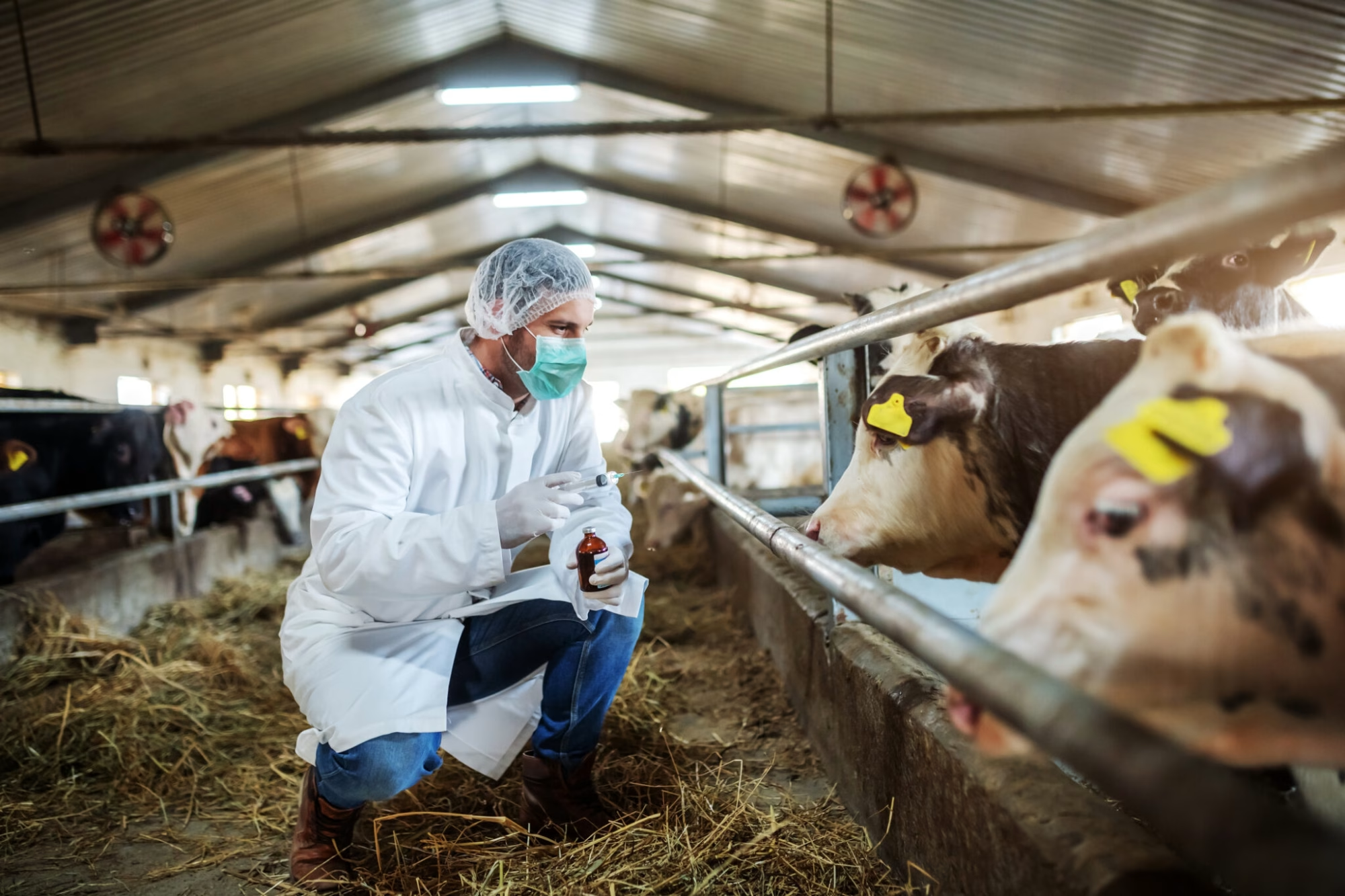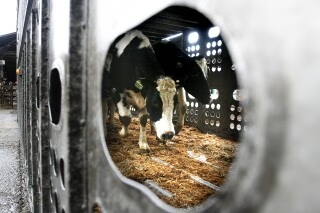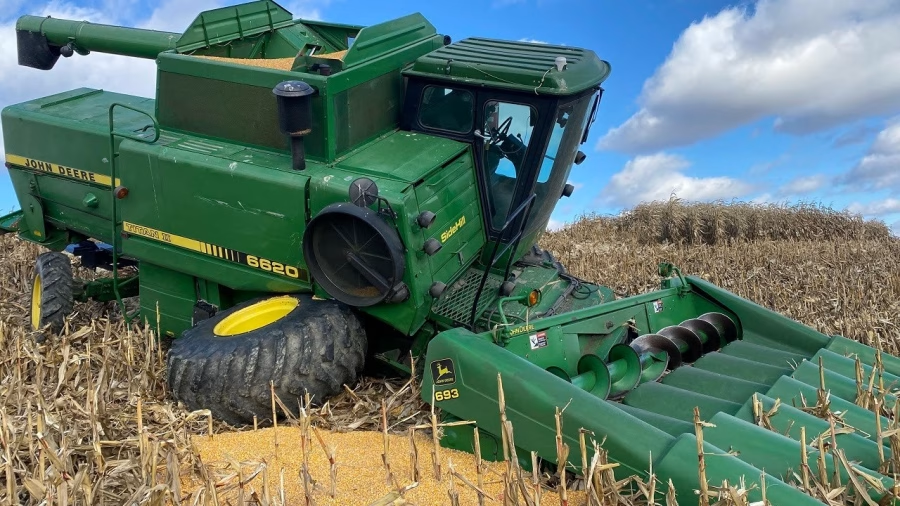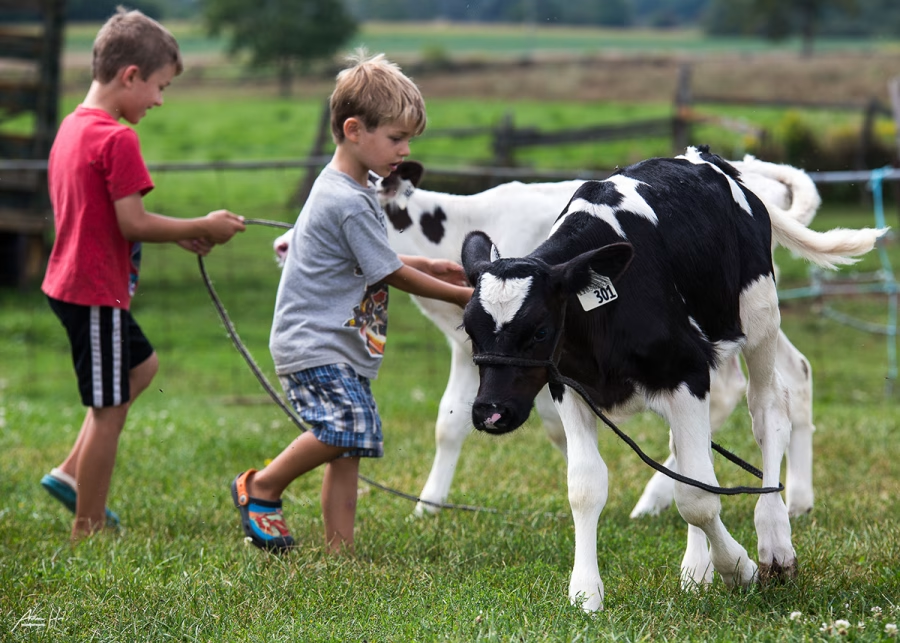See how Australia’s milk rise affects global dairy. What could this mean for your farm’s future? Check out the latest insights and forecasts.
Summary: According to Rabobank’s latest Global Dairy Quarterly report, Australia’s dairy industry is on a path to recovery, with milk production increasing by 3.1% to 8.4 billion liters in the 2023/24 season. However, the growth is expected to slow to 1.5% in the 2024/25 season. Critical regions like New South Wales are seeing significant gains, while areas like western Victoria face challenges due to dry conditions. Globally, the dairy market is balanced yet remains sensitive to changes, with modest growth projected for the world’s major dairy-exporting regions. Despite the mixed seasonal conditions and economic pressures, Michael Harvey, RaboResearch’s senior dairy analyst, emphasizes Australia’s crucial role in global milk production, advocating for strategic adaptation to navigate the evolving landscape with a cautiously optimistic outlook.
- Milk production in Australia rose by 3.1% in the 2023/24 season, reaching 8.4 billion liters.
- Rabobank forecasts a slower growth rate of 1.5% for Australian milk production in the 2024/25 season.
- New South Wales achieved a notable 5.3% increase in milk production.
- Western Victoria faces production challenges due to dry conditions.
- The global dairy market is balanced but sensitive to changes, with modest growth expected from major dairy-exporting regions.
- Economic pressures and mixed seasonal conditions present challenges, but strategic adaptation is crucial for future success.
- Michael Harvey of RaboResearch highlights Australia’s critical role in global milk production.

According to Rabobank’s recently issued Global Dairy Quarterly report, Australia’s milk output increased by 3.1% in the 2023/24 season to an astonishing 8.4 billion liters, up 249 million liters from the previous year. RaboResearch’s senior dairy analyst, Michael Harvey, said, “Seasonal conditions remain mixed across the key dairying regions.” Western Victoria and South Australia have had significant rainfall shortfalls in 2024, although circumstances elsewhere have been mainly beneficial. But what does this imply for you, the dairy farmer?
Australia’s Milk Production Surges by 3.1% in 2023/24 Season, with Notable Growth in New South Wales
Australia’s milk production is rising, with a 3.1% increase during the 2023-24 season, which ended in June. This increase increased overall output to an astonishing 8.4 billion liters, up 249 million liters from the previous year. Leading this rise, New South Wales demonstrated exceptional performance, with a 5.3% increase in milk output, signaling a bright and promising future for the province.
However, growth could have been more consistent throughout all areas. Western Victoria, a central milk-producing region, had output restrictions owing to extreme dry weather, demonstrating the significant disparity in regional agricultural dynamics. We acknowledge and deeply respect the resilience of our dairy producers in the face of these challenges. Despite these discrepancies, the overall picture of Australian milk production remains encouraging.
Adaptive Strategies: Navigating Mixed Seasonal Conditions in Australia’s Dairy Heartland
Seasonal conditions remain varied in Australia’s primary dairying areas. Western Victoria and South Australia are dealing with severe rainfall shortages, drastically reducing milk output. These dry circumstances cause issues with feed supply and overall agricultural output. In sharp contrast, several places have had better weather. For example, New South Wales saw a tremendous increase, partly thanks to improved seasonal circumstances that let local farmers raise milk output. These geographical variances highlight the need for adaptive dairy farming tactics, enabling farmers to reduce adverse weather effects while capitalizing on favorable circumstances when feasible.
Global Dairy Market: A Delicate Balance Amidst Unpredictable Growth
The global dairy market is delicately situated and very vulnerable to change. In recent years, milk production growth has been erratic in the ‘Big Seven exporting regions’: the EU, the United States, New Zealand, Australia, Brazil, Argentina, and Uruguay. These regions are significant players in the global dairy market, and their production trends can substantially impact worldwide supply and prices.
These main dairy-exporting areas are expected to develop modestly. Rabobank forecasts a 0.14% year-on-year increase in milk production in 2024, with a more hopeful 0.65% growth in 2025. These minor increases, although insignificant, may significantly influence global supply-demand dynamics. Improved farmer margins, driven by higher dairy prices and lower feed costs, are expected to boost output. Still, this increase must be assessed in light of more significant market changes.
Dairy producers in certain parts of the globe deal with mixed demand and retail price deflation. This complex environment necessitates deliberate adjustments to sustain profitability and fulfill market demands. The expected minor increase in milk production provides a glimpse of stability. Still, the market’s vulnerability to abrupt fluctuations means vigilance and adaptation remain critical for farmers globally.
Boosted Margins and Lower Feed Costs: A Catalytic Shift in Early 2024 Milk Production Trends
The economic situation has influenced milk production patterns, especially in early 2024. Strong dairy prices and lower feed costs have combined to produce a more advantageous operating environment for dairy farmers. These high market prices for dairy products have significantly increased farmer margins, enabling more investments in production capacity. Lower feed prices have further decreased operating expenditures, making it economically feasible for farmers to boost production. This convergence of positive economic variables has boosted farmer morale and spurred a noticeable increase in milk production, paving the way for possibly greater supply levels in the following years.
Forecasting the Future: Rabobank Anticipates a Cautious Yet Promising Growth in Global Milk Supply
Rabobank anticipates Australia’s milk output will expand at a more moderate pace of 1.5% in 2024/25, down from a significant 3.1% increase the previous year. Several variables contribute to this more conservative projection, including regional differences in seasonal circumstances. While New South Wales has grown significantly, dry weather in western Victoria and South Australia is expected to limit output. Despite these hurdles, the general outlook remains cautiously hopeful as the business adjusts to changing environmental and economic conditions.
Looking forward, Rabobank’s milk production predictions are cautiously hopeful. In 2024, supply from the Big-7 dairy exporting areas is predicted to increase by just 0.14% yearly. While this increase represents a steady but modest recovery, the forecast for 2025 seems more hopeful. Initial projections predict that these leading players’ output might climb by 0.65% yearly, indicating a considerable increase that could push global milk supply over the five-year average. This predicted gain highlights a more significant market resurgence fueled by higher farmer profits and favorable weather, offering a hopeful outlook for the future.
Challenges and Opportunities in the Evolving Landscape of Australian Dairy Farming
As Australian dairy producers negotiate the changing terrain, various obstacles arise. Farmers may face margin squeezes due to falling farmgate milk prices, lower cull cow prices, and heifer export volumes. These factors cumulatively reduce financial margins for many businesses, forcing them to reconsider their cost structures and operational efficiency.
Despite these challenges, significant possibilities emerge. Expanded dairy exports, fuelled by recent growth in milk output and worldwide demand, seem promising. Furthermore, the optimistic forecast for grain prices may dramatically lower feed costs, alleviating some financial stresses and allowing for more sustainable agricultural techniques.
Adapting to these economic realities and seizing new possibilities might be critical for Australian dairy producers. With careful planning and persistence, balancing overcoming obstacles and capitalizing on development opportunities may pave the road for a more robust and sustainable dairy business.
Strategic Adaptation: Turning Slower Growth into a Pathway for Innovation and Sustainability
Farmers confront problems and chances to adapt as the dairy industry’s milk output growth is expected to decrease. Strategic cost management, diversity, and technical investments are critical to profitability. But how can you effectively use them on your farm?
First, analyze your cost structures. Operational efficiency may greatly influence your bottom line, so carefully review your feed and labor expenditures. Lower feed prices in the first half of 2024 have boosted farmer profits, and capitalizing on these improvements via bulk purchase or alternative, cost-effective feed solutions may make a significant impact.
Another important tactic is diversity. Expanding into new income sources, such as dairy products (such as cheese or yogurt) or agritourism, may help to ensure financial stability. Diversifying crops and animals may reduce the risks associated with milk production volatility.
Investment in technology is equally important. Advanced milking systems, automated feeding technology, and precision agricultural instruments may improve efficiency and output. Implementing these technologies may involve an initial investment but result in long-term savings and higher productivity.
Furthermore, instilling a resilient attitude in your team and closely monitoring market circumstances can enable agile reactions to an ever-changing marketplace. Continuous education and training may help your employees embrace new techniques and technology.
Although the slower increase in milk output poses problems, it also allows dairy farmers to improve their operations. Farmers may maintain and grow income despite industry swings by concentrating on cost control, diversification, and technological investment. How do you intend to adapt to these changes?
The Bottom Line
Australia’s dairy industry is on the right track, with milk output expected to increase by 3.1% in 2023/24. This development, although spectacular, differs significantly between areas, with New South Wales leading the way and western Victoria struggling owing to dry circumstances. The global dairy industry retains a fragile equilibrium, vulnerable to shift, but exhibiting indications of resilience in early 2024 with higher profits and reduced feed prices. As the market adapts, Rabobank expects a slight rise in global milk supply through 2024, with a more hopeful view for 2025.
In such a dynamic climate, dairy producers must remain current on market trends and seasonal circumstances. Navigating these changes efficiently might be the difference between just surviving and flourishing.
So, how can you effectively prepare for these changes and transform obstacles into chances for success in your dairy business? The future of dairy farming presents problems and opportunities—are you prepared to grab them?
Learn more:
- Global Dairy Market Trends July 2024: Australia’s Rise as Argentina and New Zealand Face Challenges
- Is 2024 Shaping Up a Disappointing Year for Dairy Exports and Milk Yields?
- Asia’s Dairy Boom: Unprecedented Milk Production Soars to New Heights!
 Join the Revolution!
Join the Revolution!
Bullvine Daily is your essential e-zine for staying ahead in the dairy industry. With over 30,000 subscribers, we bring you the week’s top news, helping you manage tasks efficiently. Stay informed about milk production, tech adoption, and more, so you can concentrate on your dairy operations.







 Join the Revolution!
Join the Revolution!












